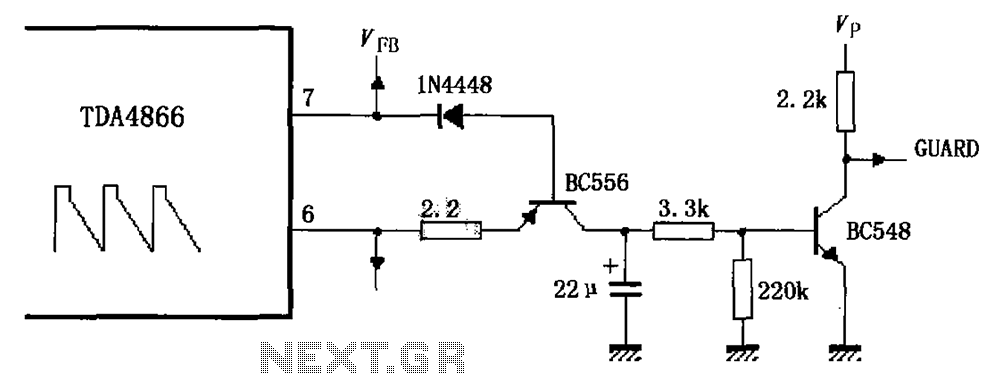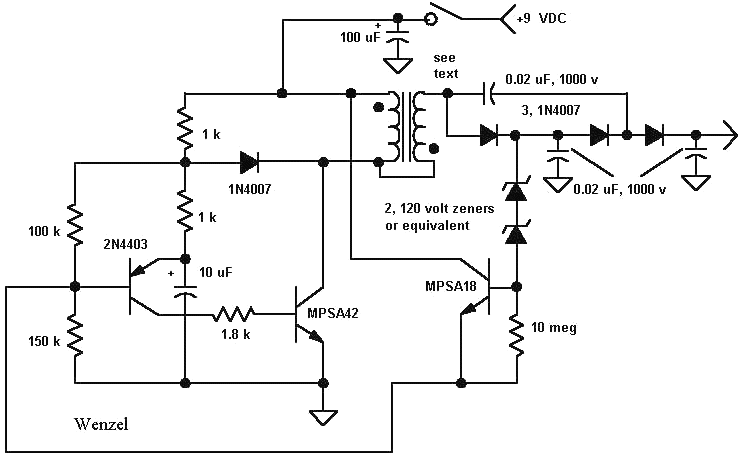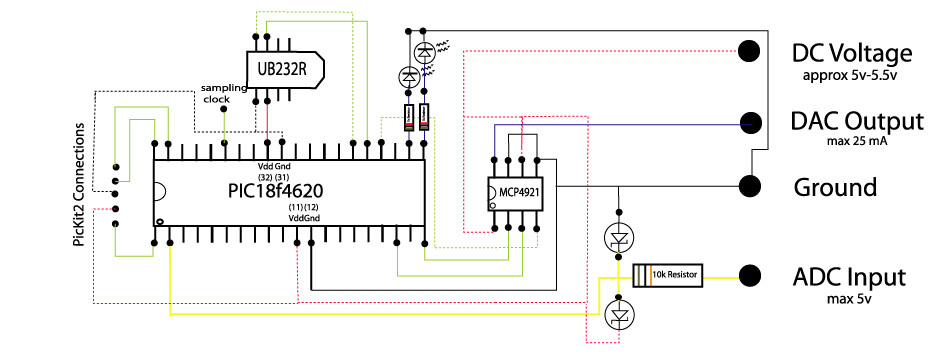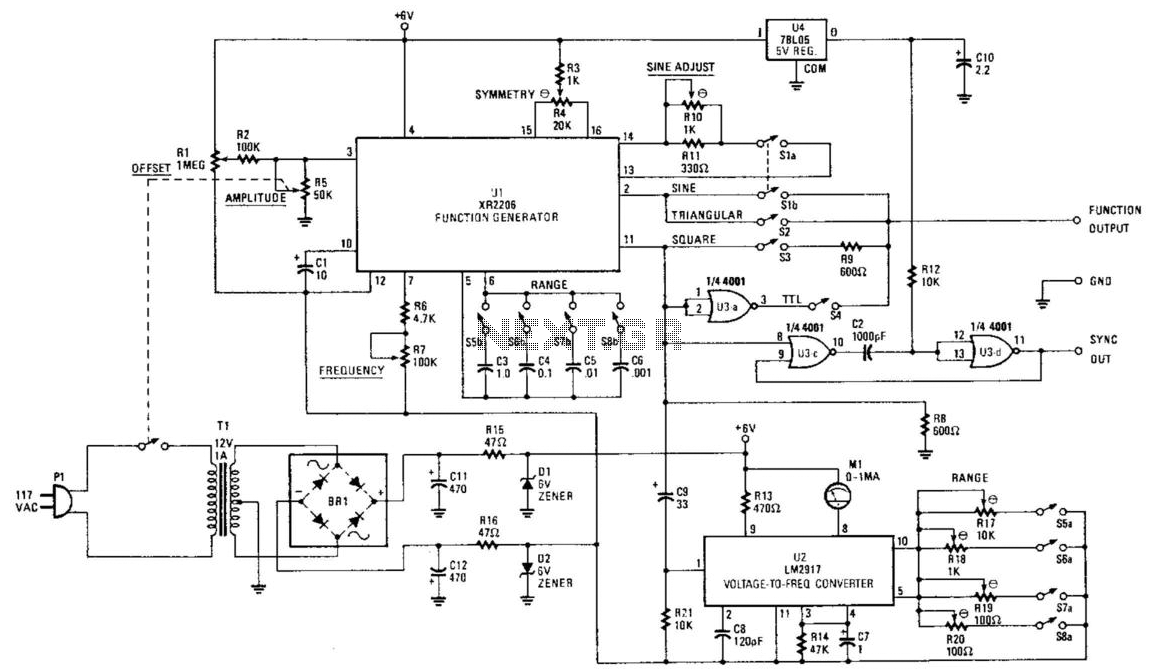
Tone dial generator
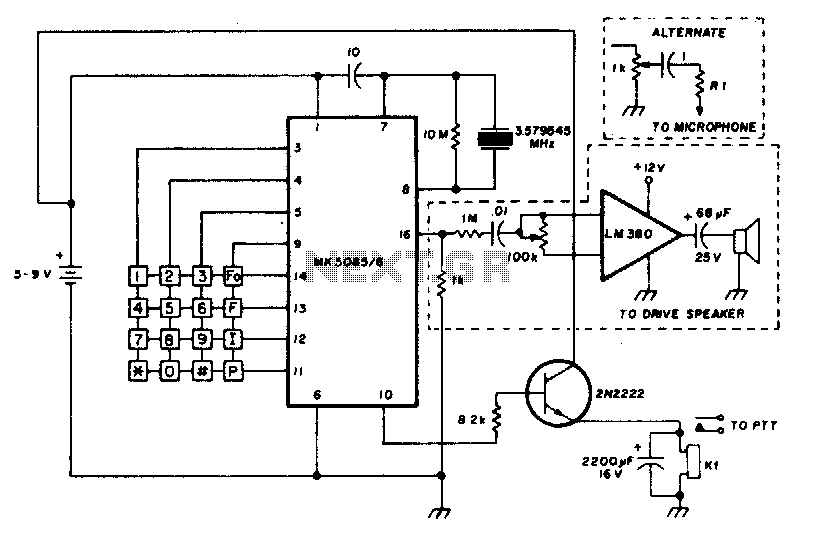
The circuit requires a minimum number of components and utilizes a low-cost standard 379.545 MHz television color-burst crystal. The speaker can be omitted, allowing the output to be directly connected to the microphone input of a transmitter.
The circuit design is based on a minimalistic approach, leveraging the characteristics of the 379.545 MHz television color-burst crystal, which is commonly used for synchronization in video applications. This crystal serves as the primary frequency reference for the oscillator circuit, ensuring stable and accurate signal generation.
The oscillator can be configured using a simple transistor or an operational amplifier in a feedback loop, which will amplify the oscillation generated by the crystal. The output can be configured to provide a clean, square wave signal that can be easily interfaced with other electronic components.
In this configuration, the elimination of the speaker reduces the complexity and size of the overall circuit. Instead of driving an audio output, the circuit's output can be fed directly into the microphone input of a transmitter. This allows for a more streamlined design, particularly useful in applications where audio feedback is not required, and only the signal transmission is necessary.
To ensure optimal performance, it is essential to consider the impedance matching between the output of the oscillator circuit and the microphone input of the transmitter. This may involve the use of passive components such as resistors or capacitors to condition the signal and prevent distortion.
Overall, this circuit design exemplifies an efficient use of components while maintaining functionality, suitable for various applications in RF transmission and signal processing.The circuit requires a minimum of parts and uses a iow cost standard 379545-MHz television color-burst crystal The speaker can be eliminated and the output fed directly into the microphone input of a transmitter.
The circuit design is based on a minimalistic approach, leveraging the characteristics of the 379.545 MHz television color-burst crystal, which is commonly used for synchronization in video applications. This crystal serves as the primary frequency reference for the oscillator circuit, ensuring stable and accurate signal generation.
The oscillator can be configured using a simple transistor or an operational amplifier in a feedback loop, which will amplify the oscillation generated by the crystal. The output can be configured to provide a clean, square wave signal that can be easily interfaced with other electronic components.
In this configuration, the elimination of the speaker reduces the complexity and size of the overall circuit. Instead of driving an audio output, the circuit's output can be fed directly into the microphone input of a transmitter. This allows for a more streamlined design, particularly useful in applications where audio feedback is not required, and only the signal transmission is necessary.
To ensure optimal performance, it is essential to consider the impedance matching between the output of the oscillator circuit and the microphone input of the transmitter. This may involve the use of passive components such as resistors or capacitors to condition the signal and prevent distortion.
Overall, this circuit design exemplifies an efficient use of components while maintaining functionality, suitable for various applications in RF transmission and signal processing.The circuit requires a minimum of parts and uses a iow cost standard 379545-MHz television color-burst crystal The speaker can be eliminated and the output fed directly into the microphone input of a transmitter.
